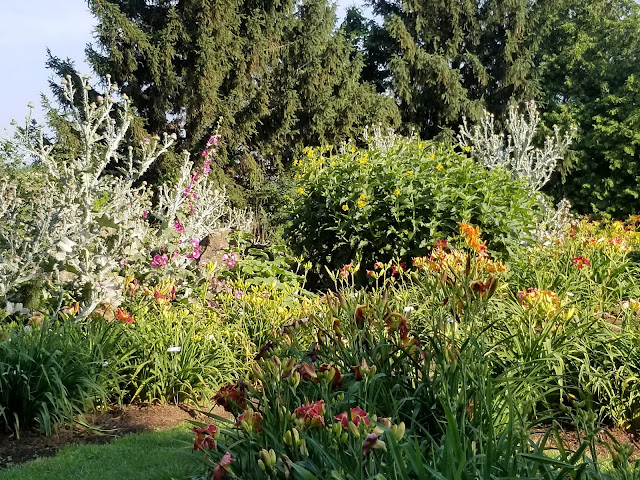John Bunker Sands Wetland Center
Earlier this summer I had the opportunity to visit the John Bunker Sands Wetland Center in Seagoville, TX. The center is located in the middle of the 2000 acre East Fork Wetland Project. The great DFW area is growing rapidly and so is our need for additional water. With the addition of Zebra Mussels into some of our local reservoirs and the drought we regularly experience, water is at a premium. The East Fork Wetland Project provides the North Texas Municipal Water District (NTMWD) with over 102,000 acre-feet of water per year. This project was completed inn 2009 and diverts water from the East Fork of the Trinity River and using the man-made wetlands to help clean the water. It is one of the larges constructed wetlands at 1,840 acres. Once the water works its way through the wetland, it is pumped through an 84" pipeline, 43 miles to Lake Lavon where it is stored.
 |
| A view of the wetlands and boardwalk at John Bunker Sands Wetland Center |
The center was absolutely beautiful and we got lucky with the weather, it wasn't too hot, so we really got to enjoy our visit. There is a large stone building with classrooms and offices that is the physical "center", but the true highlight is the actual wetlands. What is really special is that they have a series of boardwalks that allow you to actually walk through the wetland, without walking in the wetland. Such a great way to experience the site.
 |
| A view of the John Bunker Sands Wetland Center |
I was actually visiting to attend a free training that the Texas Parks and Wildlife Department held to teach educators about their Texas Aquatic Science curriculum. Like many of these type of trainings, we got to participate in activities from the actual curriculum while we went over what it had to offer. This is probably one of my favorite ways to lead trainings and I really enjoy participating in this style too. Its so nice to walk out of the room at the end of a day knowing that you truly understand specific lessons.
The best part of the days activities (in my opinion anyway) was when we had the opportunity to go out into the wetland and do some aquatic invertebrate sampling. With small nets, we swished throught the water at the base of the plants and tried to catch invertebrates. They serve as an indicator of water health and can be a great part of a lesson. We ended up finding freshwater shrimp, scud, water boatmen, predacious diving beetles, damselfly nymphs, and gilled snails.
 |
| Lotus at John Bunker Sands Wetland Center |
We also got to enjoy some great plant life. Check-out all of the lotus flowers where we were sampling. All in all it was a great day spent learning about Texas watersheds and aquatic environments.
 |
| Lotus Flower |



The wetland project is truly beautiful, Rebecca. I hope that beauty draws lots of visitors and that what they learn informs their future decisions in supporting the health of the environment.
ReplyDeleteIt wasn't very busy the day we were there, but it was the middle of the work week. Apparently they have a tremendous number of birds that live and visit the wetland, so I think they get a lot of visitors looking to add to their life lists.
Delete